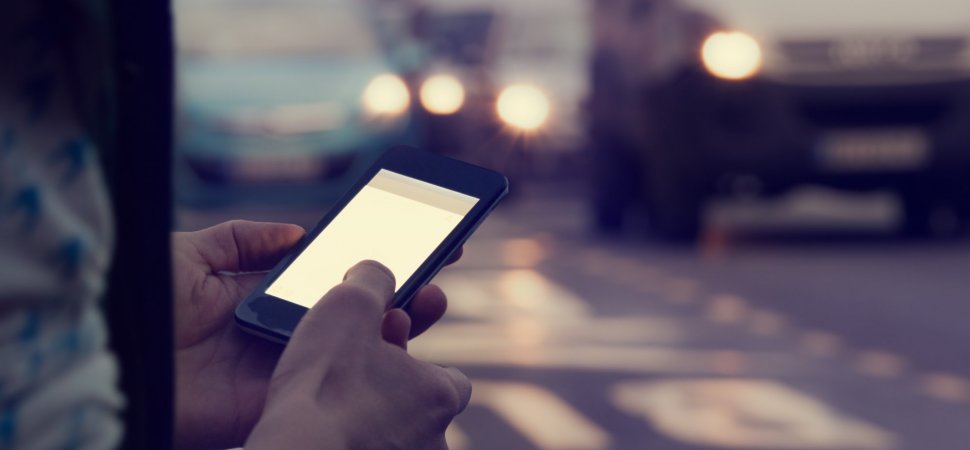Mental Health Monday – Could Your Cell Phone Know If You’re Depressed?
As though your cell phone weren’t running your life already, according to one Palo-Alto based startup, now it seems they may be capable of monitoring and perhaps ultimately improving your mental health. The startup, Mindstrong, is developing a platform that uses the ‘digital biomarkers’ you create each time you interact with your phone to detect early signs of a mental health change long before you would have noticed, much less sought professional help.
But the company’s ambition goes far beyond detection: they are seeking an ‘accessibility breakthrough’ in psychiatric care, one that can move the needle in the epidemic of depression and anxiety and even suicide now plaguing the US.
After serving 13 years as the director of the National Institutes of Mental Health, Mindstrong co-founder Tom Insel was struck by a recurring question during his two-year stint at Verily Life Sciences: Couldn’t mental health assessment be every bit as evidence-based as, say, tests for diabetes or a heart condition? Couldn’t smartphones be used to measure mood and cognitive function in both an unobtrusive and objective way?
“I spent 13 years at NIMH really pushing on the neuroscience and genetics of mental disorders, and when I look back on that I realize that while I think I succeeded at getting lots of really cool papers published by cool scientists at fairly large costs–I think $20 billion–I don’t think we moved the needle in reducing suicide, reducing hospitalizations, improving recovery for the tens of millions of people who have mental illness,” Insel told Wired earlier this year. “I hold myself accountable for that.”
He left Verily to join Mindstrong earlier this year, partnering with co-founders Dr. Paul Dagum and Dr. Richard Klausner, to design a series of algorithms powered by artificial intelligence that can track changes in how a person interacts with their cell phone. Coining the term ‘digital biomarkers,’ these algorithms track everything from scrolling speed to attention span to the pronouns you use when texting or emailing. (Someone who is depressed uses ‘I’ far more than ‘we,’ ‘you’ or ‘us’.)
Given that the average American touches their cellphone more than 4,000 times per day, this kind of analysis has the potential to provide a much more vivid and revealing picture of one’s mental health than many of the current diagnostic tools–and at a fraction of the cost.
“What excites me about Mindstrong is the transformation of an individual’s patterns of typing or scrolling on a smartphone into precise measures of cognitive function,” Insel said in a statement. “This new, powerful approach to assessment serves as the foundation for developing better interventions to improve mental health care. Mental disorders are global health problems. With smartphones we have a potential global solution.”
Mindstrong, which launched in May and is not yet commercially available, is not the only startup attempting to upend the way mental health and wellness is addressed. The number of apps aimed at this sector is exploding, although few boast the kind of scientific evidence that Mindstrong’s early clinical trials suggest.
Nonetheless, in a sign that the market is maturing, mental health and wellness apps are also gaining credibility with investors. According to market analysis firm CB Insights, “Venture capital investment into mental health and wellness tech startups is on the rise, with 2017 on track to reach a record number of deals. While still a relatively small and immature sector within digital health, the space is beginning to see large deals to companies such as Quartet Health, Lyra Health, and AbleTo, among others.”
Mindstrong Health was added to the ranks of these larger deals when they closed a $14 million Series A round of venture funding in June. In general, mental health is just one of nine emerging industries with a market potential of $100 billion dollars, according to a report by AARP. These industries and the tech startups that aim to power them are part of what’s become known as the longevity economy, now worth an estimated $7.6 trillion.









Recent Comments